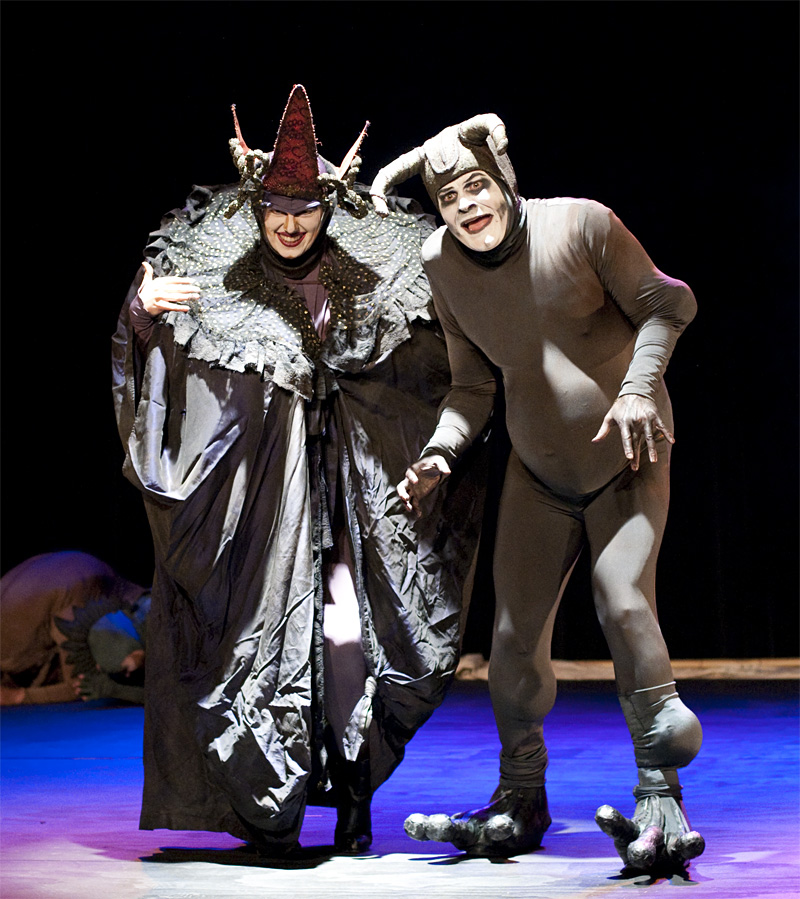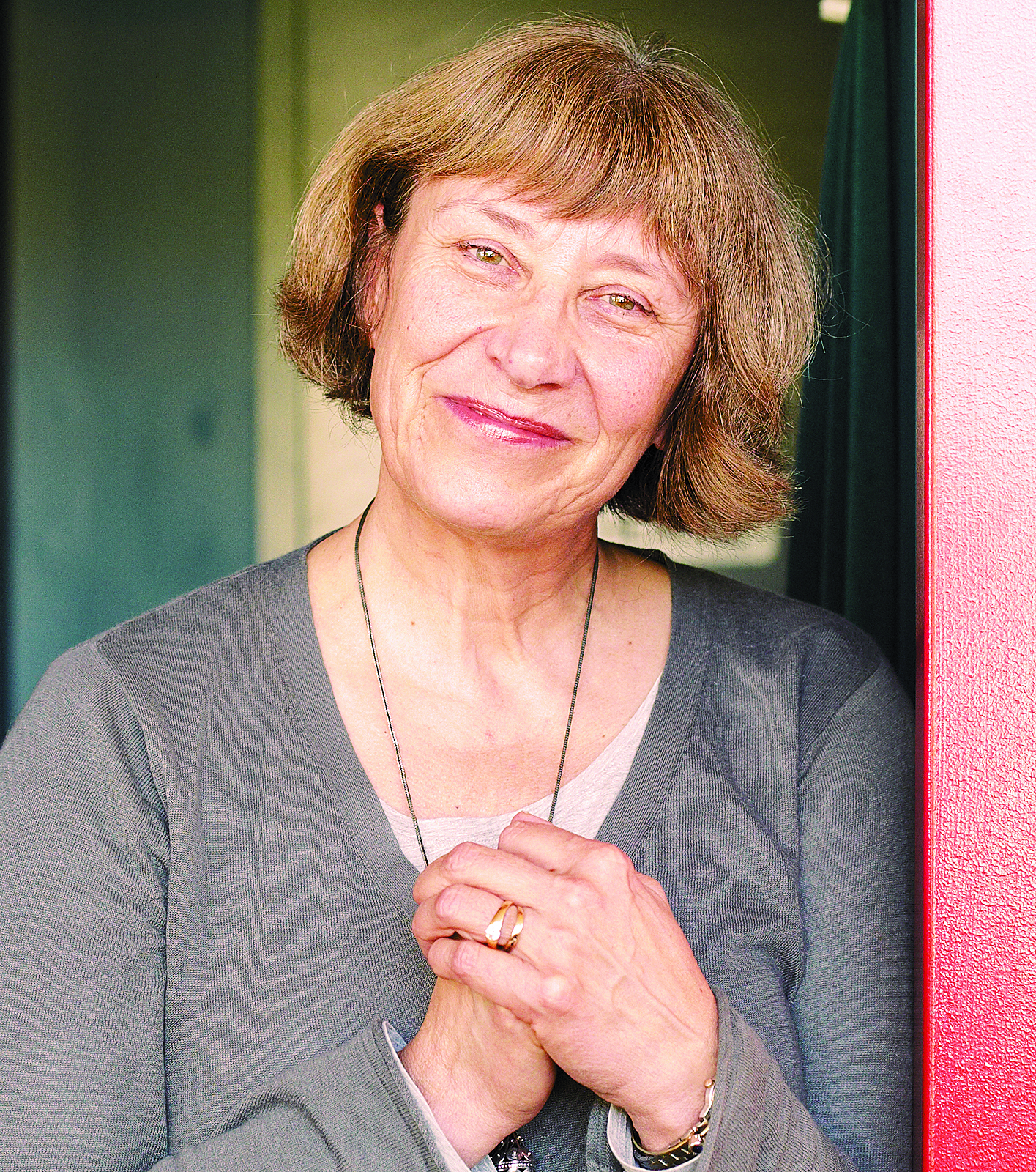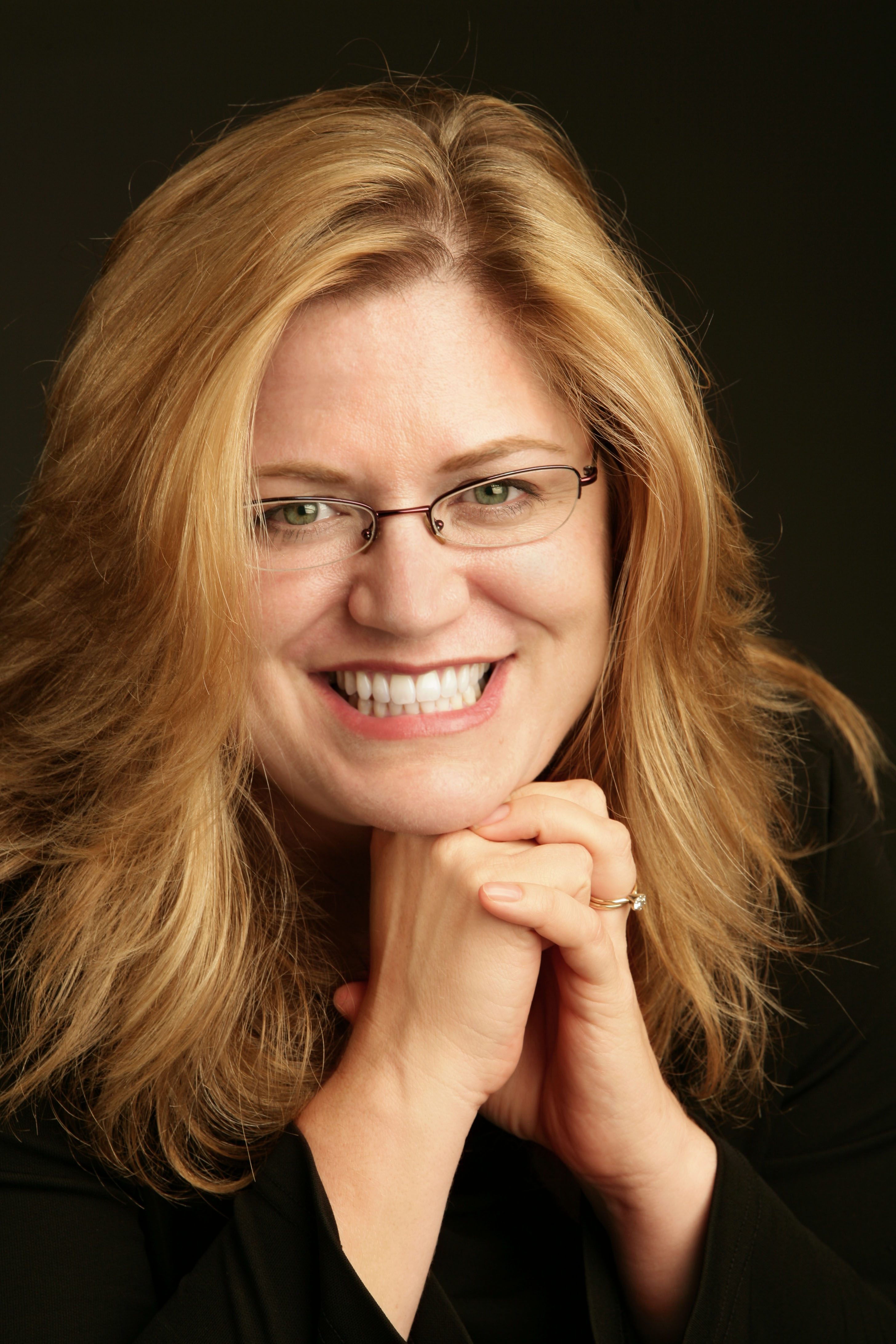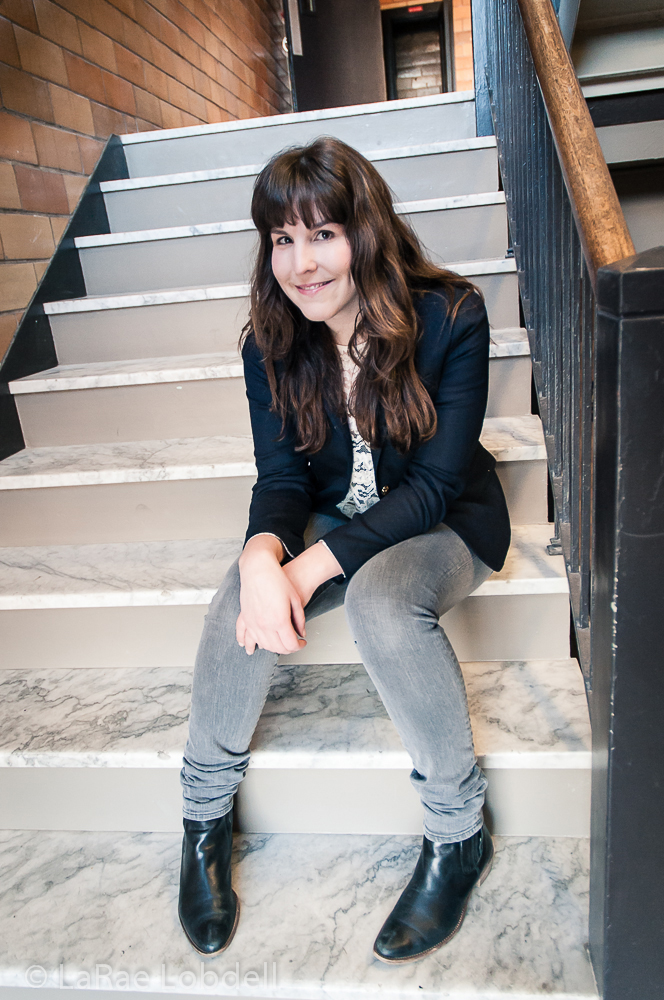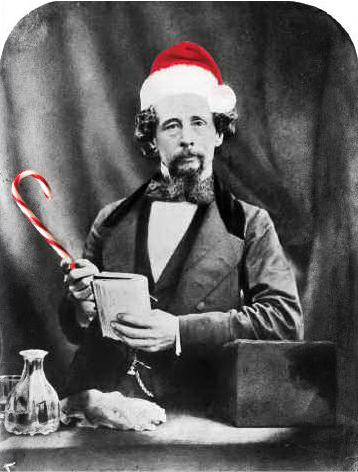As Darwin observed firsthand, life evolves strangely on islands, which is as likely an explanation as any for the history of the UMO Ensemble. Five artists who met while studying in Paris in the late ’80s, the company settled on Vashon Island in 1990. There they immediately set to work sharing communally whatever they’d learned individually—creating theater that was physical, free from traditional narrative, and uniquely their own. UMO members didn’t rehearse for days or weeks; they researched, devised, and collaborated for months before performances.
Their Seattle debut in 1991 introduced Whonose, a giant puppet whose face was manipulated by the entire company. He was popular at area festivals, but, despite UMO’s skills and commitment, as a theatrical creation it was only slightly more advanced than your typical entry in the Fremont Solstice Parade. So for its next work, UMO wanted something that provided a full evening’s entertainment.
Company member Janet McAlpin thought back to her Paris studies with legendary mime/movement teacher Jacques LeCoq. He’d created “Buffoon Theatre” out of two notions. First was the changing European perception of the mad as being “touched by God” in medieval times to “cursed by the Devil” after the Enlightenment. Second was the tradition of the court fool with license to mock the king (e.g. King Lear). Thus LeCoq’s own creation: the Buffoon, a creature both more and less than human, who travels in a pack and delights in mocking the powerful, rich, and beautiful.
In Paris, McAlpin and other future UMO members were charged with developing their own unique, deformed buffoons. LeCoq’s exercises were not only physical but psychological: Actors were to view their creations in a mirror, acknowledge the ugliness, hate it, and then love hating it. McAlpin recalls, “LeCoq saw buffoons as primarily a foil to other characters. I don’t think he felt that they’d be appropriate to tell a story on their own.”
Jump forward to Vashon in the early ’90s, when UMO decided to give the buffoons their own story to enact: the Spanish search for the fabled city of gold, El Dorado.
Bring on the murder, rape, torture, and mayhem! Driven by delusional greed and “justified” by a rapacious, hypocritical church, the Spanish conquistadors’ bloodthirsty folly is such a dark tale that traditional dramatic tellings (such as Peter Shaffer’s The Royal Hunt of the Sun) tend to devolve into antiseptic pageantry or tsk-tsk moralizing. But when the story is told by gargoylish creatures with a low/high view of humanity, the true bestiality of the whole history is revealed—with a masterful blending of comic and tragic.
Focusing on just a couple of decades of the early 1500s, the ensemble discovered a wealth of awful incidents and ridiculous characters. Over months of rehearsal, stories were improvised; then UMO needed to devise the strange creatures that would tell them. Milliner Patricia Toovey created body suits with bumps, horns, and lizard-like ridges—the buffoon Aztooth, for example, has humungous horns and gigantic splayed feet, while McAlpin’s character Whit resembles a green, befinned velociraptor. The buffoons would take the “roles” of historical figures—conquistadors, Aztecs, papal representatives, etc.—and give their own mocking interpretations of the events.
The 1992 premiere of El Dorado at the (now vanished) Fremont Palace was not auspicious. As McAlpin remembers, the original lighting designer was drunk during the show, and cues were beyond chaotic. Yet audiences were mesmerized by these strange subhuman creations, and UMO found itself with its first bona fide hit. Even as the company continued to develop new works and characters (the light-as-air acrobatic djools of Caravan of Dreams, for example), the buffoons would be hired for parties and events—at Boeing, at ACT, and once for a Fred Hutchinson party celebrating two Nobel Prize winners. (They had the assemblage wave their arms and sing “Give yeast a chance!”) Even outside of El Dorado, the creatures seemed as fascinated, and appalled, by humans as their audiences were by them.
But by 2003, when El Dorado was last revived, the company roster had changed. Moreover, says McAlpin, “There were members who were tired of their buffoons…the pressures of the costumes on their bodies and the aches in their necks. We kept thinking each time that it would be the last time.” So the suits were retired, and the company went on to other projects.
Yet the buffoons kept rearing their malformed heads. To celebrate UMO’s 20th anniversary on Vashon last November, El Dorado was revived in a new, mutant form. “New company members mean that we inevitably discover new things in rehearsal,” says McAlpin. The audience reception was rapturous, and Kurt Beattie invited them to stage the show at ACT.
But have the current headlines of insane corporate greed and financial misdeeds changed the way the buffoons tell the story? “It reminds us of the unfortunate fact that the piece will likely never become obsolete,” says company member David Godsey (whose brain-exposed buffoon is known as Shileleigh). “And, yes, there is a chance we might toss in a quick reference or two to specifics of the financial crash. Buffoons are delightfully unpredictable that way.”
